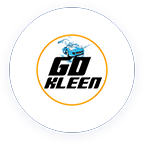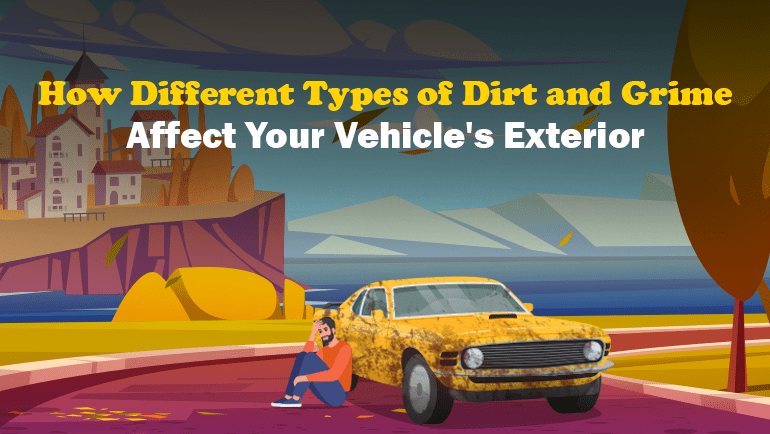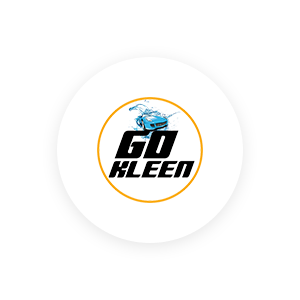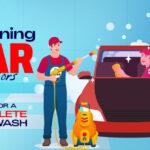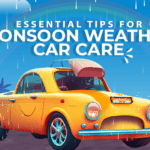Maintaining the exterior of a vehicle is essential to protecting its aesthetics and its long-term durability. The different kinds of dirt and grime that accumulate on a vehicle’s exterior can have a substantial impact on the appearance and condition of the vehicle. The accumulation of dirt and grime on a vehicle’s exterior isn’t just a cosmetic concern; it can potentially damage the paintwork and overall appearance. Understanding the diverse range of contaminants that impact a vehicle’s surface is crucial. Exploring how these contaminants affect a vehicle’s exterior can guide owners in implementing effective cleaning and protective measures to preserve their vehicle’s appearance and structural integrity.
Dust and Pollen
Dust particles and pollen are common airborne contaminants that settle on the vehicle’s surface. Over time, they create a thin layer that can scratch the paint when wiped or rubbed, potentially dulling the finish. Regular washing and Mobile Car Detailing in Kochi, Kerala to remove dust and pollen, especially during peak pollen seasons, can prevent these contaminants from causing long-term damage to the vehicle’s exterior. Protective measures like waxing or sealing the paint can also help minimize the impact of these contaminants, preserving the vehicle’s appearance and finish.
Water Spots and Minerals
Water spots, which are often caused by mineral deposits in water, can form on the surface after rain or from hard water used during washing. If these spots are not properly dried, they can leave behind mineral stains that can be difficult to remove. Water spots and mineral residues on windows or glass surfaces can obstruct visibility and reduce clarity. They may become particularly problematic when they dry and harden, making it difficult to clean them off completely.
Bird Droppings
Bird droppings contain acidic substances that, if left on the surface for too long, can etch into the paint and cause discoloration or damage. Quick removal is crucial to prevent permanent stains. Bird droppings can cause immediate staining if not promptly removed. The pigments in the droppings, combined with their acidic content, can leave ugly stains on the paint that become increasingly difficult to remove as they dry and harden. The presence of dried or hardened bird droppings spoiled the vehicle’s appearance. The unsightly stains and damage they cause detract from the overall aesthetics, making the vehicle look older than it is.
Tar and Grease
Road tar and engine residue grease can splatter onto the vehicle. Tar and grease can trap other contaminants, like dust or dirt, further complicating their removal. This combination can form a gritty substance that may scratch the surface during removal attempts. When tar or grease remains on the vehicle’s exterior for a long time, it can cause staining. These substances can darken or discolor the affected areas, detracting from the vehicle’s appearance.
UV and Sunshine
UV rays can gradually degrade the protective clear coat on the vehicle’s paint, which results in a dulling of the finish and a less shiny and reflective surface. UV exposure can also cause plastic and rubber components such as trim, bumpers, and weather stripping to deteriorate. Over time, these parts may become brittle, crack, or fade, impacting their appearance and structural integrity. Frequent washing and waxing can act as a protective barrier against UV rays and help preserve the paint’s integrity.
Regular washing, detailing, and applying protective coatings help safeguard the paint and surfaces against contaminants. Doorstep Car Wash Service in Kochi, Kerala, can help to maintain a vehicle’s appearance, protect its surfaces, and extend its longevity, ensuring it retains its aesthetic appeal and value over time.
